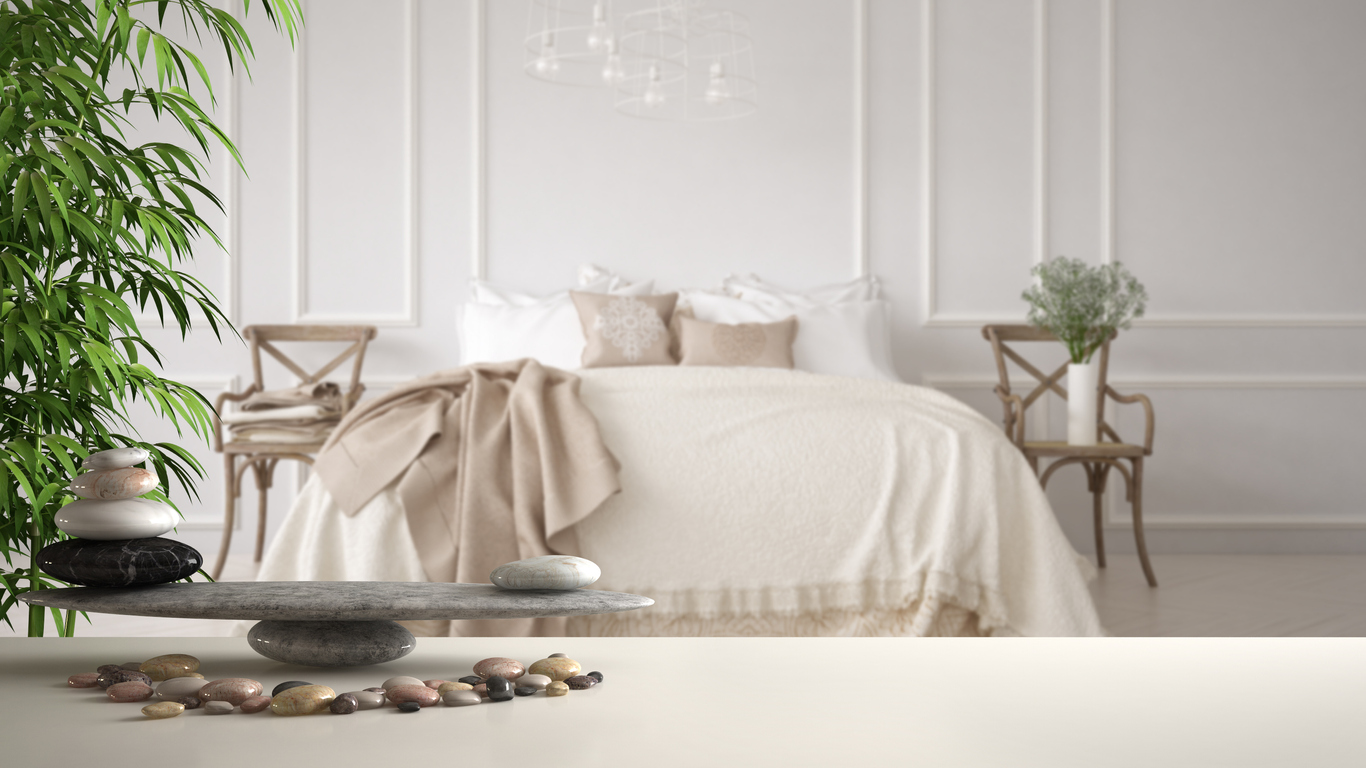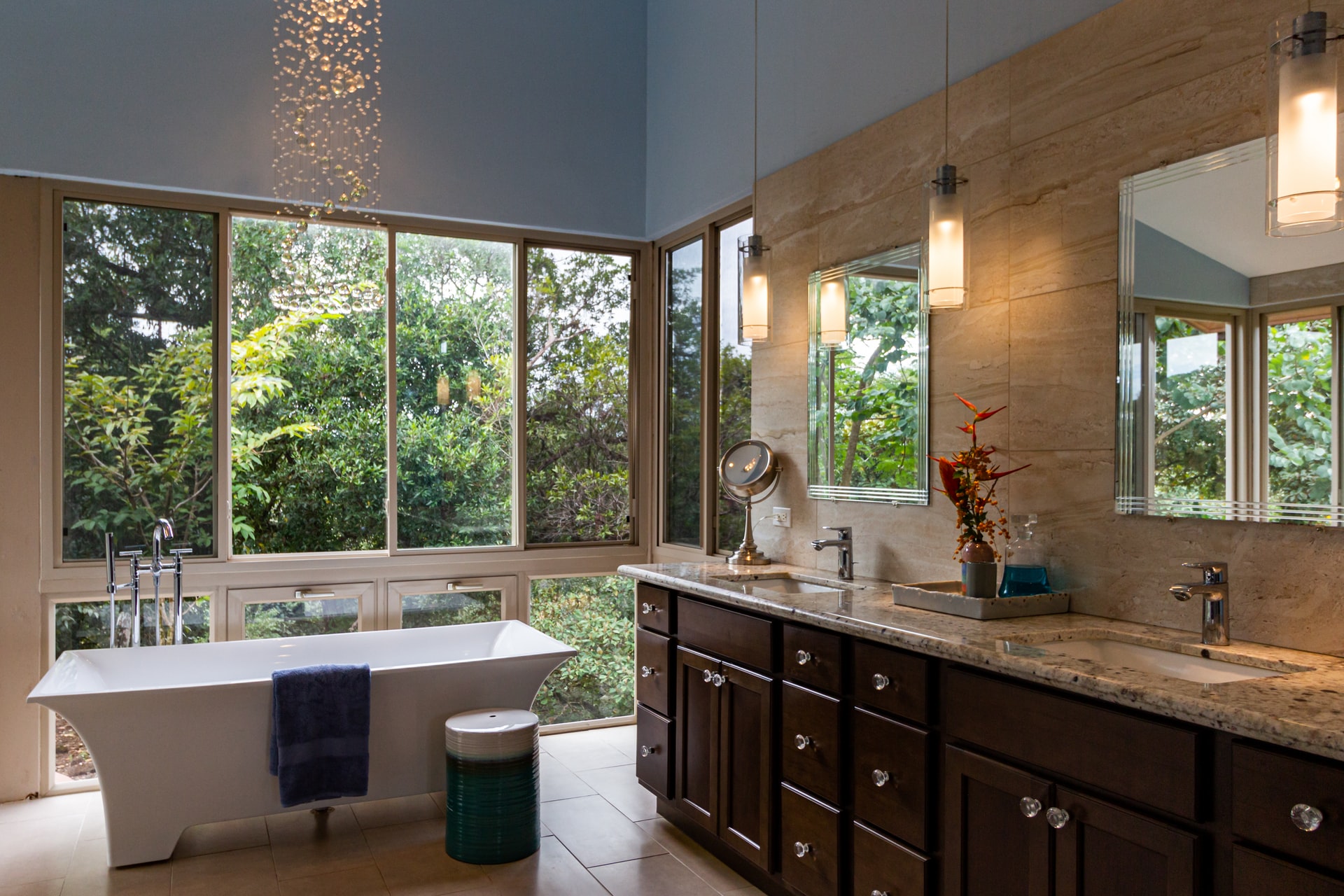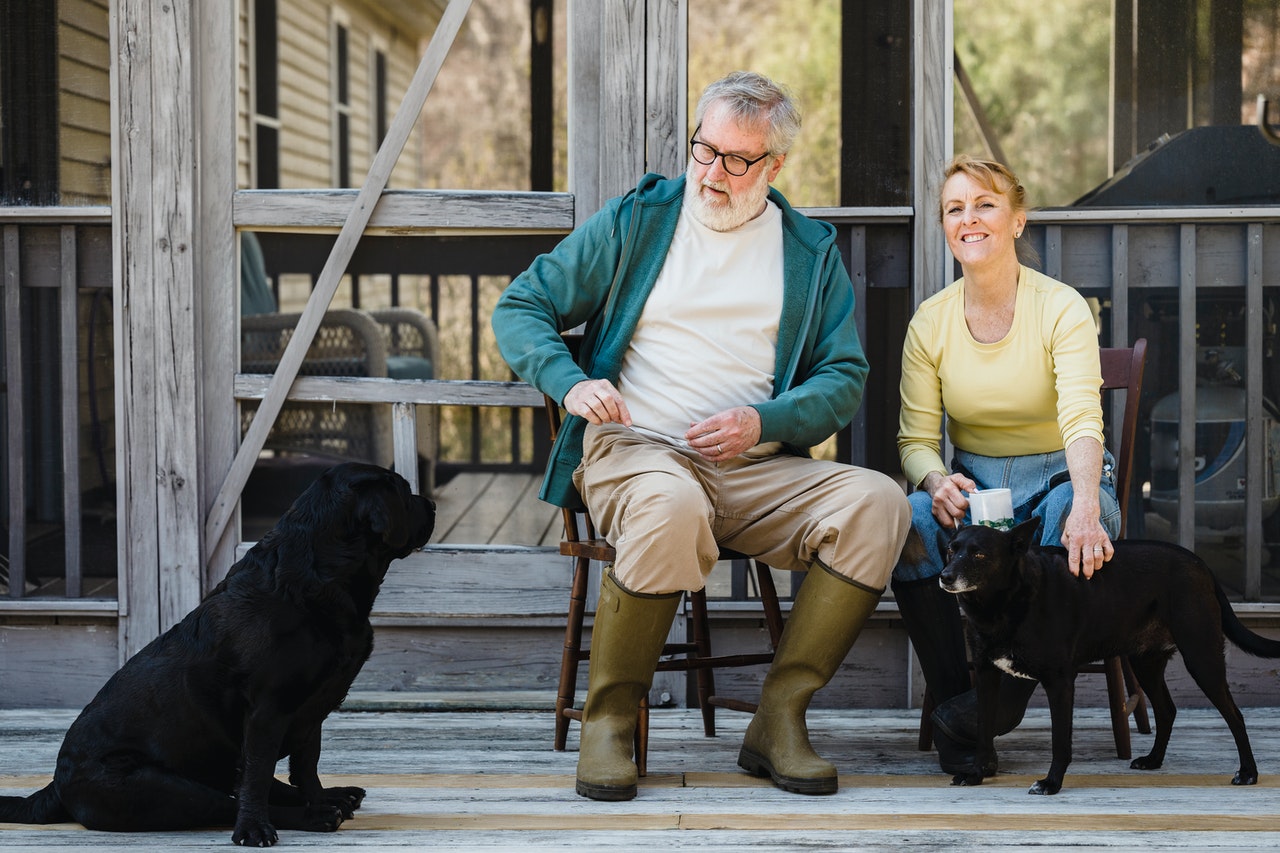The bathroom is one of the most utilized rooms of the house, so making bathroom safety a priority is extremely important. If you’re a family with young children or toddlers, or if you or someone else is pregnant, creating a safe bathroom environment is even more critical.
Younger children are especially prone to becoming victims of accidents at home. According to the Centers for Disease Control (CDC), thousands of Americans sustain injuries in their bathrooms every year, and women tend to become victims of bathroom-related injuries more than men. Thankfully, with a few changes and by following some universal design principles, you can create a beautiful bathroom that also reduces the odds of an accident or injury. This guide offers some helpful tips and insight about how you can perform a bathroom remodel that’s safe for you and your entire family.
Preparing a safe bathroom environment
There are many things you can do to create a more functional and safe bathroom environment for yourself and your family. Here are some examples of simple tasks you can complete to make your bathroom safer:
- Childproof your bathroom by evaluating current safety hazards and implementing new safety measures, like installing cabinet locks so children can’t access medication or cleaning supplies. Add electrical outlet covers so little fingers can’t get into the outlets, which may result in electrical shock. Use toilet seat locks to keep little ones from falling into the toilet. Small children can accidentally drown in as little as two inches of water. Additionally, consider the initial costs associated with a bidet, which can promote better hygiene while potentially reducing the need for harsh chemicals often found in toilet paper, making it a safer option for families with young children
- Keep all toxic substances, including bleach, cleaning solutions, and medications, out of the reach of children. Place these items in upper cabinets, inside your medicine cabinet, or put them away securely inside a locked cabinet. Keep your vanity clear of any potentially dangerous items. Never leave young children unattended while they’re in the bathroom, and be sure to keep pets out of this space.
- Organize important bathroom essentials to ensure you maintain a clutter-free bathroom. Place toiletry and cosmetic items easily within reach in the tub or shower to reduce the odds of an accident from someone stretching too far to grab something. Overexertion is one of the most common causes of bathroom injuries. Removing obstacles like excess clutter also makes it easier to navigate the bathroom safely.
- Practice proper electrical and appliance safety and consider getting a home warranty to cover the cost of appliance repair or replacement if needed. Never plug in and use appliances near a sink or another source of water to avoid accidental shock. Always unplug hair appliances when they’re not in use and put them away. Consider switching to rechargeable cordless bathroom appliances whenever possible.
- Make sure your bathroom has proper ventilation to reduce humidity. A bathroom vent fan circulates the air and removes humidity, creating a more comfortable environment for pregnant women, young children, and the elderly. When showering or bathing, consider opening a window to help hot, humid air escape.
- Ensure all bathroom faucets are clearly labeled for both hot and cold water. Set your water heater thermostat so the maximum temperature doesn’t exceed 120 degrees Fahrenheit to help prevent accidental scalds and burns.
- If your bathroom door doesn’t have a lock, add a doorknob cover to keep little ones from opening the door by themselves.

Preventing drowning accidents
Drowning is one of the leading causes of death for children ages 14 and younger, and it can take mere seconds. Fortunately, adding a few safety measures in the bathroom can help to prevent a tragedy from occurring.
- Implement water safety measures in the bathroom by installing safety locks, latches, or covers on toilet seats and bathtubs. Add nonslip mats or decals to the bottom of the tub or shower to prevent kids from slipping and falling while bathing.
- Always supervise toddlers and young children ages six and under during bath time, and never leave kids unattended while they’re in the bathroom, not even for one minute. Don’t leave younger children under the care of another child when they’re in the bathroom.
- Teach children simple water safety rules and help them improve their swimming skills with swimming lessons and lots of practice under adult supervision. Explain to your children that they should never attempt to turn on the sink or bath faucet by themselves without your help. Consider adding faucet covers or handle locking mechanisms so they can’t use them without your assistance. As a parent, consider learning CPR in the event that an emergency occurs.
- Never leave bathroom appliances plugged in near a water source, and always store them safely out of reach when not in use.
- Create a safe play area outside the bathroom to help minimize the risk of accidents. Make sure the bathroom door stays locked or install toddler-proof door handle covers.
- Always drain the tub immediately after using it, and don’t leave the room until it’s completely empty. Never leave buckets or any other types of containers full of water unattended. Flip them over once they’re empty so they can’t collect more water.
- Bathtub seats and tub rings don’t prevent accidental drownings, so you should always use them under your supervision. Always keep babies within arm’s reach while bathing them.
- Consider putting a sign on your guest bathroom door to let visitors and other family members know they should close the door when they’re done using the restroom to keep the kids out.
Addressing slip and fall hazards
Slips and falls are another type of accident that commonly occurs in bathrooms, mostly due to the bathroom being a moist environment. Here are some things you can do to help reduce the chances of your loved ones becoming victim to various injuries due to slips and falls:
- Place bath rugs or mats with nonslip backing near the edge of the bathtub and shower to provide a secure, absorbent surface to walk on when you step out of the tub. Add some adhesive strips or stickers to the bottom of the bathtub and shower, or use special rubber mats with suction cups designed to keep them in place.
- Put soft non-slip bath rugs in front of the toilet and sinks to add traction and prevent accidents.
- Place towels easily within reach so you can dry them off before exiting the tub or shower. A small hook on the wall right next to the tub is a good location to hang bath towels.
- Pregnant women should consider wearing non-slip footwear for stability. This can include house slippers or any type of footwear with a durable sole with good traction so she doesn’t accidentally slip and fall while walking around the bathroom.
- Install grab bars or handrails near the bathtub, on shower walls, and near the toilet to provide additional support whenever you get up or sit down.
- Consider adding a shower stool or seat if you have a stand-up shower so you don’t have to remain standing while showering.
- Make sure your bathtub and shower drain quickly and properly. If water sits at the bottom, it can increase the risk of slipping and falling.
- Ensure there is adequate lighting in your bathroom so it’s easy to navigate. Consider adding night lights throughout the room so your family can see more easily at night.
- Keep bathroom floors clean and wipe up spills immediately. Install textured floors or add some adhesive peel-and-stick tread to the tile or linoleum to get better traction and reduce the chances of a fall.
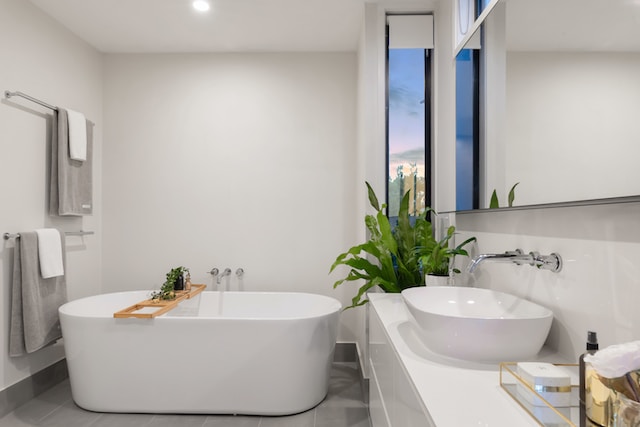
Ensuring temperature safety
Other common causes of bathroom-related injuries are burns and scalding from exposure to extremely hot water or small appliances. These smart bathroom tips help to ensure temperature safety in this part of the home:
- Use bathtub water thermometers while bathing babies and young children. These handy digital thermometers show you the temperature of the water while bathing your children to ensure it remains at a safe temperature.
- The settings on your water heater shouldn’t exceed the maximum recommended temperature for baths and showers, which is approximately between 105 and 120 degrees maximum. This not only applies to baths and showers but also to sinks in the bathroom and kitchen. If you’re not sure how to adjust the setting, refer to your water heater user’s manual for more information.
- Avoid sitting in warm water for too long to help you avoid overheating. Warm or mildly hot baths and showers for children should only last a few minutes.
- Install anti-scald devices on taps and tub and shower faucet handles. Find these devices online and at many home improvement or hardware stores.
- Allow the water to run for a minute or so, then gauge how hot it is under your wrist before allowing children to get into the bathtub or stand underneath the shower faucet.
- Never keep hair appliances like curling irons or straighteners plugged in, and don’t leave them out while unattended. Instead, put them away in a locked cabinet or on a high shelf in your closet. These small bathroom appliances can cause serious burns if you (or a child) touch them when they’re turned on.
- Don’t let your children touch the faucet handles while the water is running. Most faucets are made of metal, which conducts heat and makes them very hot to the touch when warm water runs through them. Tap guards and tub faucet covers help to reduce the risk of burns.
- Remember to always turn the cold water on first, then turn on the hot water. When you turn the water off, start with the hot water, then finish with the cold water. Show this to your children and teach them to do the same thing.
Accessibility for pregnant women
If you’re pregnant or someone in your home is pregnant, it’s important to provide a safe and accessible bathroom at all times.
- Make sure your bathroom is easily accessible without anything blocking the door, and provide a clear, obstruction-free path.
- Consider installing elevated toilet seats or maternity seats to make using the restroom safer and more comfortable. Grab bars are also extremely helpful during this time so moms-to-be can get up from the toilet or in and out of the tub or shower more easily.
- Provide seating options in the bathroom for resting, like a comfortably upholstered stool in front of the vanity. A bath or shower stool or seat can also make bathing and changing positions while bathing much easier.
- Always ensure the bathroom has adequate lighting and clear pathways leading to the sink, tub, shower, and toilet to help prevent accidents.
- If you’re pregnant, be aware of unusual symptoms while bathing, like dizziness, dehydration, a drop in blood pressure, or weakness. This could mean the bathwater is too hot or you’re overheating, and you should make attempts to cool down immediately. Red skin or excessive sweating are other signs that the water is much too hot.
- Try to limit baths and showers to no longer than 10 minutes at a time. Always follow the advice of your healthcare provider if you have questions about the best ways to bathe while pregnant.
From installing grab bars and elevated toilet seats to regulating water temperature, these tips can help to ensure a safe bathroom for your entire family. Safety is particularly important for families with children, toddlers, and pregnant women. Keep the tips in this guide in mind and implement the measures suggested here to help you design a safer bathroom environment that’s specially tailored to the unique needs of you and your family.
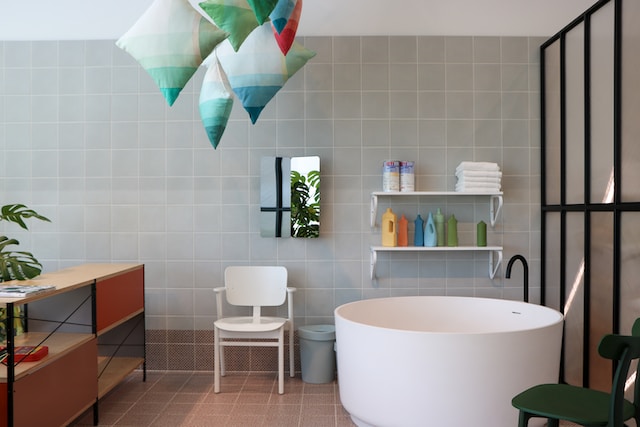
Beyond the Basics: Home Insurance’s Role in Bathroom Safety
In addition to the physical measures you can take to enhance bathroom safety, consider the financial aspect of protecting your home. Accidents in the bathroom can sometimes lead to property damage, and having a comprehensive home insurance policy is essential to safeguard your family’s well-being.
Home insurance typically covers a range of incidents, including accidental damage to your home’s structure and personal belongings. In the event of a bathroom-related accident causing property damage, your insurance may help cover the repair or replacement costs. It’s important to review your policy and ensure that it provides adequate coverage for potential bathroom accidents.
Moreover, liability coverage within your home insurance can offer protection if someone is injured in your bathroom. If a guest or family member sustains an injury and decides to take legal action, liability coverage can assist in covering legal expenses and potential medical costs.
When assessing or obtaining home insurance, consider the specific needs of your household. For example, if you have young children or a pregnant family member, you may want to discuss additional coverage options with your insurance provider to ensure comprehensive protection tailored to your family’s unique circumstances.
Remember to regularly review and update your home insurance policy to reflect any changes in your household, such as renovations or the addition of safety features. Being proactive about both physical safety measures and financial protection through home insurance can contribute to a secure and resilient home environment for you and your family.

